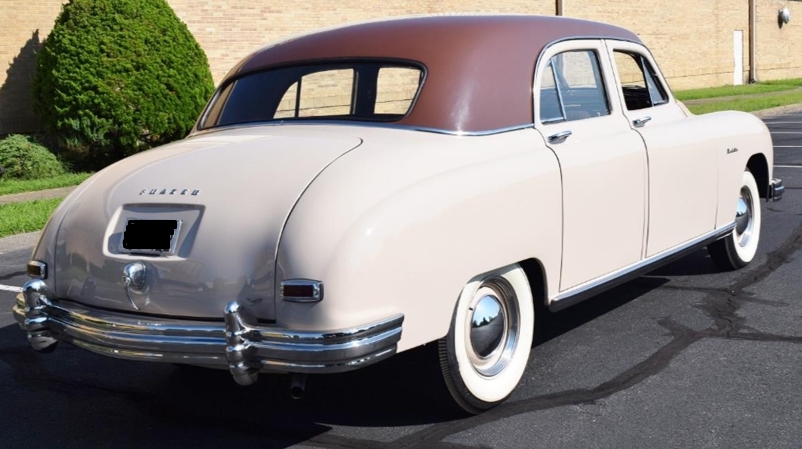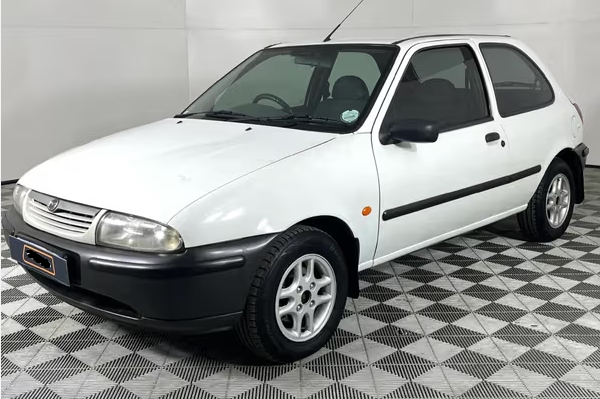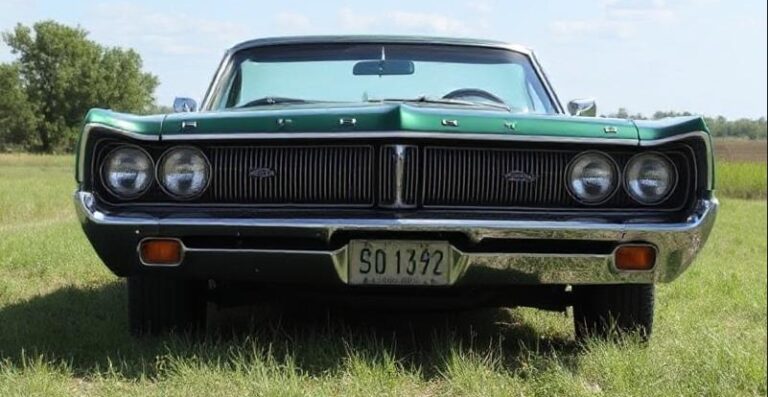The Evolution of the Frazer Manhattan: A Classic American Automobile
The Frazer Manhattan marked a significant moment in American automotive history, embodying the spirit of mid-20th century craftsmanship and design. Produced between 1947 and 1951, the Frazer Manhattan emerged from the body of the Kaiser-Frazer Corporation, which sought to introduce cutting-edge styling and engineering to a competitive automobile market still reeling from World War II. The Manhattan stands today as a symbol of innovation, luxury, and the post-war American Dream.
Origins of the Frazer Manhattan
The Kaiser-Frazer Corporation was founded in 1945 by Henry J. Kaiser and Joseph W. Frazer, with the goal of producing high-quality automobiles that could rival the established automakers. The first cars rolled off the production line in 1947. The Frazer line included the Frazer Standard, Frazer Custom, and the Frazer Manhattan, which quickly became the flagship model due to its superior features and elegant styling.
1947: The Debut
The Frazer Manhattan was officially introduced alongside the Kaiser Manhattan as part of the new line-up in 1947. Built on a 120-inch wheelbase, the Manhattan was designed to compete with more established marques like Cadillac and Lincoln. It featured a sleek and streamlined design, with a distinctive front grille and the elegant lines that characterized the era’s automotive styling.
The initial offering for the Manhattan included a 226-cubic inch “Kaiser” inline-six engine, producing 118 horsepower, paired with a three-speed manual transmission. Buyers were treated to an interior that boasted high-quality materials, comfortable seating, and various luxury options, such as leather upholstery and power windows. It set a new standard for what buyers might expect from an automobile in the mid-range luxury segment.
1948: Refinements and Trim Levels
In 1948, the Frazer Manhattan underwent further refinements. The model received slight design adjustments, including new color choices and exterior details. The most significant improvement was the introduction of the “Deluxe” trim level, which featured a higher level of standard equipment, such as improved upholstery, upgraded dashboard elements, and enhanced soundproofing, providing a more refined driving experience.
For those seeking custom luxury, special options like high-compression engines and additional chrome trim became available, allowing buyers to tailor their Frazer Manhattans to their individual tastes.
1949: Styling Changes and Competition
By 1949, the automotive market was more competitive, and the Kaiser-Frazer Corporation responded by updating the Manhattan design further. The vehicle received a complete facelift, which included a more prominent grille and a sleeker rear. The manufacturer’s commitment to aesthetic harmony and functionality was evident in the new design.
New models were introduced, including the Manhattan Convertible, which significantly expanded the model’s appeal. This luxurious convertible featured all the premium offerings of the standard Manhattan while allowing drivers to embrace the open road in style. The 1949 Manhattan lineup included:
- Frazer Manhattan (Standard)
- Frazer Manhattan Deluxe
- Frazer Manhattan Convertible
The popularity of the convertible showcased the Manhattan’s versatility and high desirability among luxury car buyers.
1950: The Final Years and Power Options
In 1950, the Frazer Manhattan continued to evolve. The company now offered a V8 engine option, tapping into a growing trend amongst American consumers who craved more power in their vehicles. The introduction of the 226-cubic inch V8 engine added an extra 35 horsepower, which improved the overall performance of the Manhattan.
Styling updates included revised tail lights and a rounded rear-end design. The interiors also saw quality enhancements, with more luxurious materials and additional comfort features, making the Manhattan a sought-after choice among upscale buyers. The option-rich standard and deluxe models appealed to consumers who desired customization options that suited their specific lifestyles.
1951: The End of an Era
1951 marked the final year of the Frazer Manhattan’s production. As the automotive market continued to evolve and competition heated up, Kaiser-Frazer faced significant financial difficulties. The company could not sustain its ambitious manufacturing plans, leading to the discontinuation of the Frazer line. The last Frazer Manhattans rolled off the assembly line, symbolizing an end to an ambitious project and a unique chapter in American automobile manufacturing.
.
This will surely ruin your day! Don’t let it happen to you!
Dodge Challenger Car Crashes
.
Legacy of the Frazer Manhattan
Despite its relatively short production run, the Frazer Manhattan left an indelible mark on the automotive landscape. Its focus on quality and innovation showcased the ambitions of the Kaiser-Frazer Corporation during a time of great change in the industry. With a small number of units produced (approximately 25,000 of all Frazer models in total), the Manhattan has become a rare classic, highly sought after by collectors today.
Many appreciate the Manhattan for its design complexity, combining an elegant aesthetic with practical touches that anticipated modern trends in automotive luxury. The story of the Frazer Manhattan represents not just a vehicle’s evolution but also a glimpse into a golden era of American craftsmanship and ingenuity. It serves as a reminder of a time when automobiles were not merely means of transportation but reflections of national pride, individual expression, and the pursuit of the American Dream.
Conclusion
The Frazer Manhattan remains a fascinating chapter in the history of American automobiles. From its introduction in 1947 to its final production year in 1951, the Manhattan offered innovative design, luxury features, and high-quality craftsmanship that carved out a niche in an increasingly competitive market. Although it was short-lived, the legacy of the Frazer Manhattan continues to shine in the annals of automotive history, captivating enthusiasts and collectors alike. Its evolution illustrates the constant push for improvement and adaptation that defines the automotive industry, making it a beloved symbol of post-war American culture.







